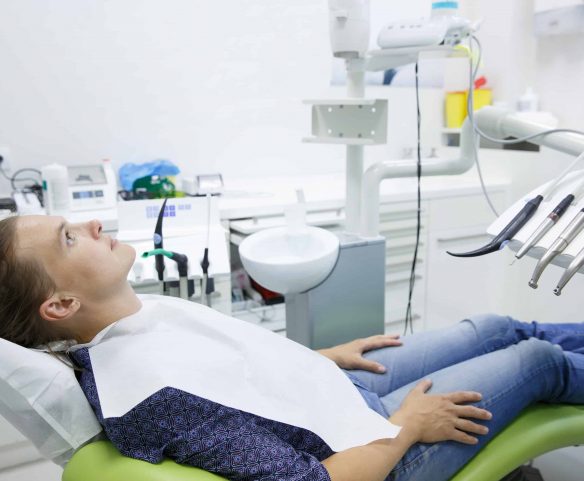
How does my dentist know I’m grinding or clenching my teeth when I don’t?
Many people do not know that they grind or clench their teeth throughout the day or night. Often during the night people will not notice their own habit of clenching or grinding and as not all conditions are accompanied by the sound of grinding it may not be brought to the attention of another person in the household until a significant amount of damage has been done to the teeth.
For a clinician there are many signs that indicate a patient is either currently clenching and grinding or has a history of doing so, these include:
Treatment of grinding depends on frequency, severity, age and medical history. Unfortunately for children grinding is difficult to treat due to mixed dentition. In adults a dentist may recommend a grinding/bruxism splint to mitigate the effect of it has on the teeth. If left unchecked the damage due to grinding and clenching can lead to very extensive dental work required to rectify the bite and appearance of the teeth.
| Monday | 8:30am – 6:30pm |
| Tuesday | 8:30am – 5:30pm |
| Wednesday | 8:30am – 6pm |
| Thursday | 8:30am – 5pm |
| Friday | 8:30am – 3pm |
| Saturday | Closed |
| Sunday | Closed |
Contact Us
